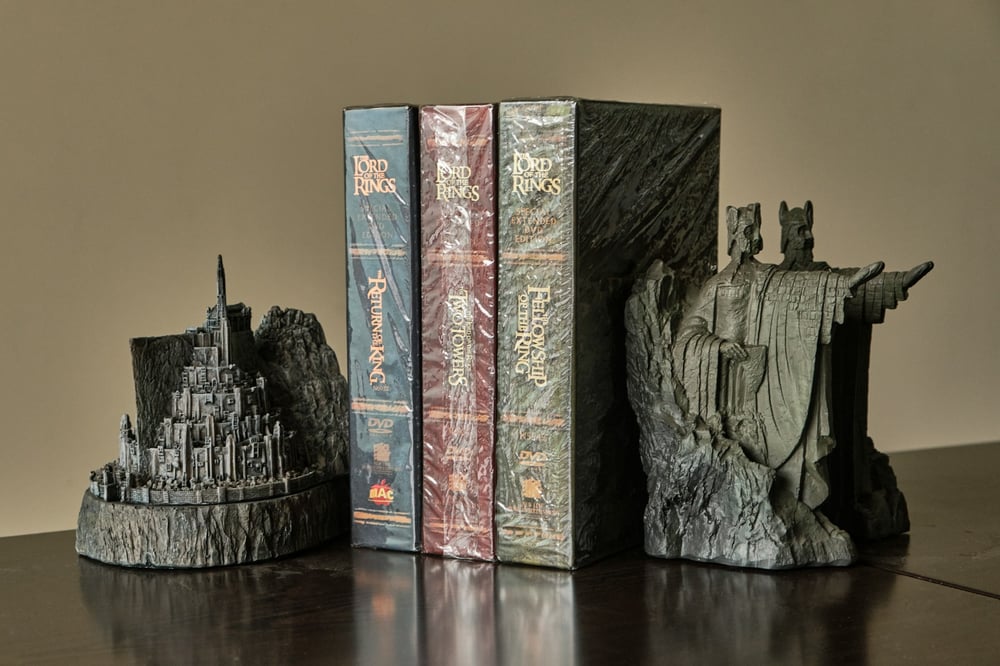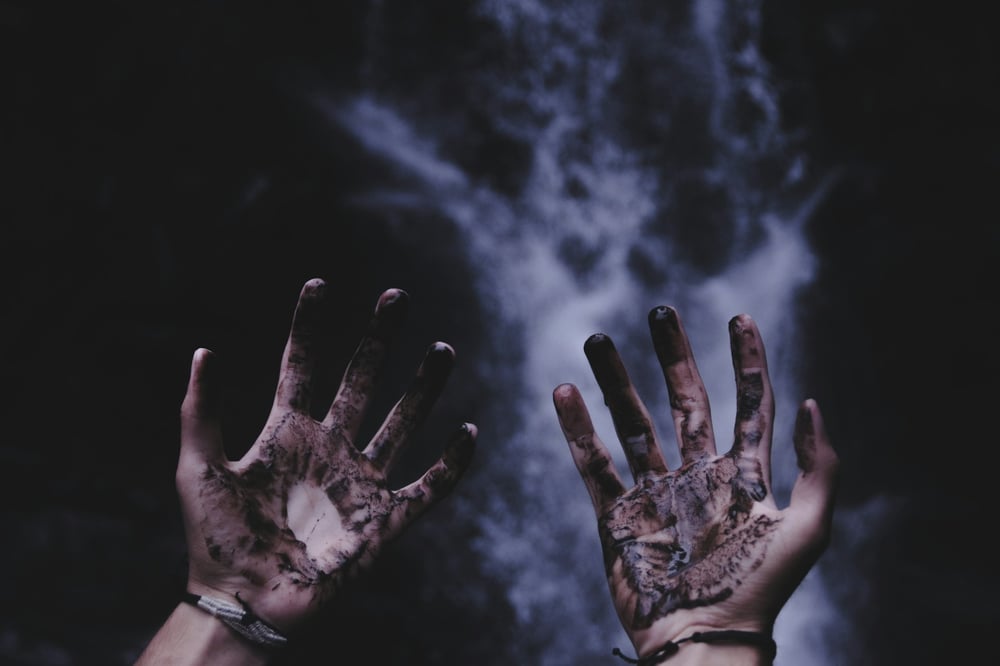Flashback and Foreshadowing Techniques for Clever Writers

Flashbacks and foreshadowing can be controversial literary devices. When they work, they build tension, give depth to your characters, and create a more immersive experience for your readers.
When they don’t work, flashbacks and foreshadowing can feel clichéd, manipulative, or irrelevant.
You and I are about to take a close look at these classic storytelling tools. We’ll discuss what they are, how to use them, mistakes to avoid, and where to find great examples of each.
What are Flashbacks and Foreshadowing?

The main difference between these two literary devices is simple: a flashback reveals past events while foreshadowing hints at future events. Pretty basic, right?
The execution for each one is a bit different, though, so let’s keep chatting.
What is a Flashback Exactly?
A flashback is a scene depicting an event that occurred before the present timeline of your story.
The length of a flashback varies. Sometimes it’s two paragraphs in which a character remembers an event from their past. Other times, a flashback might be three pages, an entire chapter, or even the better part of a novel, like in Frankenstein or Wuthering Heights.
And What’s the Point of That?
A flashback clarifies and adds depth to the present timeline. It might reveal a traumatic backstory explaining a character’s behavior, past events that shed new light on a conflict, or information that raises the stakes.
What is Foreshadowing?
Another essential difference between a flashback and foreshadowing is that foreshadowing involves hints, not scenes.
You might draw attention to a shift in the weather or make a point of mentioning the faulty lock on the cabin door. Maybe a character quotes a prophecy or you incorporate a symbol that serves as an omen.
And What’s the Point of That?
You know when you’re reading a book and suddenly the author mentions one little detail that makes your stomach drop? You know it means something bad lies ahead, you just don’t know what yet.
That’s what foreshadowing is for. It builds suspense and keeps the reader engaged.
Flashback Techniques

So how do you nail your flashback? Great question.
Flashback Transitions
Make a clear transition by creating a physical page break, switching to a new chapter, or signaling the transition in the narrative. You could even say something like “It was the summer the hogs ran off.”
Character Reminiscing
A character might tell the story to someone else, like Nelly does in Wuthering Heights, or the narration might follow their thoughts into a memory.
Dreams and Hallucinations
If it makes sense for your story, you can create a flashback by messing with your character’s mental state. A blow to the head, PTSD, dementia, drug use, or dreams can all make your character confuse past and present.
Foreshadowing Techniques

It’s all in the details when it comes to foreshadowing. A change in the atmosphere, an offhand comment, an object out of place… these are all great ways to hint at what’s to come.
Symbolism and Imagery
Foreshadowing is the payoff for symbols you’ve established in your story. If you’ve used open windows as a symbol for possibility, what does it mean when your protagonist slams a window shut?
You can also turn to imagery to foreshadow future events, like an unexpected blast of wind or a lightbulb flickering and dying.
Dialogue Clues
A character might make a direct warning about the future or simply indicate that they have an uneasy feeling.
Narrative Hints
You can use your narration to hint at what’s coming. Something like: “That would be the last time she boarded the seven o’clock bus.”
The trick is to keep it vague. No spoilers.
Benefits of Using Flashbacks and Foreshadowing

Now that you know how to use these literary techniques, why would you use them? What can they do for your novel?
Lots of things, as it turns out.
Reader Engagement
Flashbacks and foreshadowing keep the reader hooked on your narrative. Flashbacks help them better understand what’s going on in the current timeline, which keeps them emotionally engaged. Foreshadowing lures them in by promising conflict and surprises.
Compelling Character Development
One of the most powerful uses of a flashback is to show a critical event in a character’s past. By seeing how characters became the people they are, readers can relate to them more easily.
Plot Twists and Surprises
A flashback can reveal information that completely changes the way the reader perceives the current plotline. Foreshadowing can build suspense.
Common Mistakes to Avoid
Benefits aside, there are ways to make your story worse with flashback and foreshadowing. Avoid mistakes like:
Laying it on thick - A dash of foreshadowing is plenty—a comment here, a symbolic image there.
Over-use - If you’re constantly dropping hints that crazy stuff is about to go down, your foreshadowing will lose its impact. The same is true if flashbacks become your only strategy for revealing backstory.
Accidental foreshadowing - If you introduce a detail in a way that suggests it’s important, readers will assume you’re foreshadowing something. You must give that detail a role to play in the story. This principle is known as Chekhov's Gun.
Examples from Literature

Let’s take a look at some flashback and foreshadowing examples.
Famous Flashbacks
In The Hunger Games, Katniss flashes back to when Peeta took a risk to help her feed her family. This flashback heightens the tension, as Katniss must now kill him to survive.
In Butterfly Yellow, the author reveals the details of Hang’s refugee journey in recurring flashbacks. These scenes reflect Hang’s struggle to cope with her trauma, as she initially recalls these events as though she’s watching someone else live them.
Famous Foreshadowing
In Romeo and Juliet, the ill-fated heroine says:
“Go ask his name.—If he be married.
My grave is like to be my wedding bed.”
Oof.
And the entire Harry Potter series features a continuous stream of discovered connections between Harry and Voldemort, from mindreading to snake-chatting. All of it foreshadows the big reveal in the final book.
Master All the Literary Techniques With a Little Help From Dabble
Once you get the hang of flashback and foreshadowing, you’ll be equipped with mighty tools to make your stories more engaging, your characters more relatable, and your suspense more spine-tingling.
But these are only two of the many strategies writers use to compose unforgettable tales.
If you’d like to learn more techniques for writing a stellar novel, I highly recommend subscribing to the Dabble newsletter. It’s completely free and arrives in your inbox exactly once a week to deliver hot tips and writing prompts. Sign up here!









